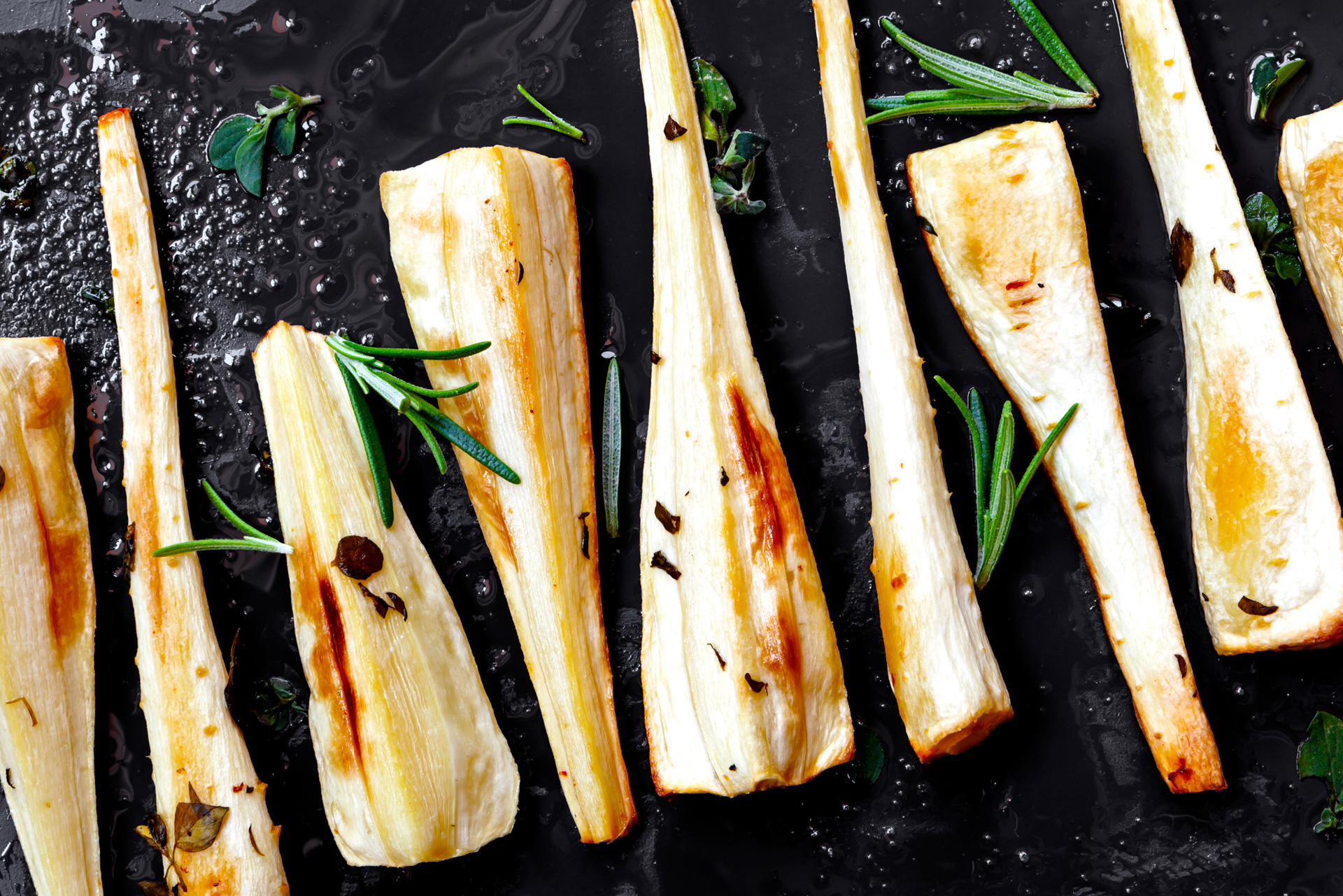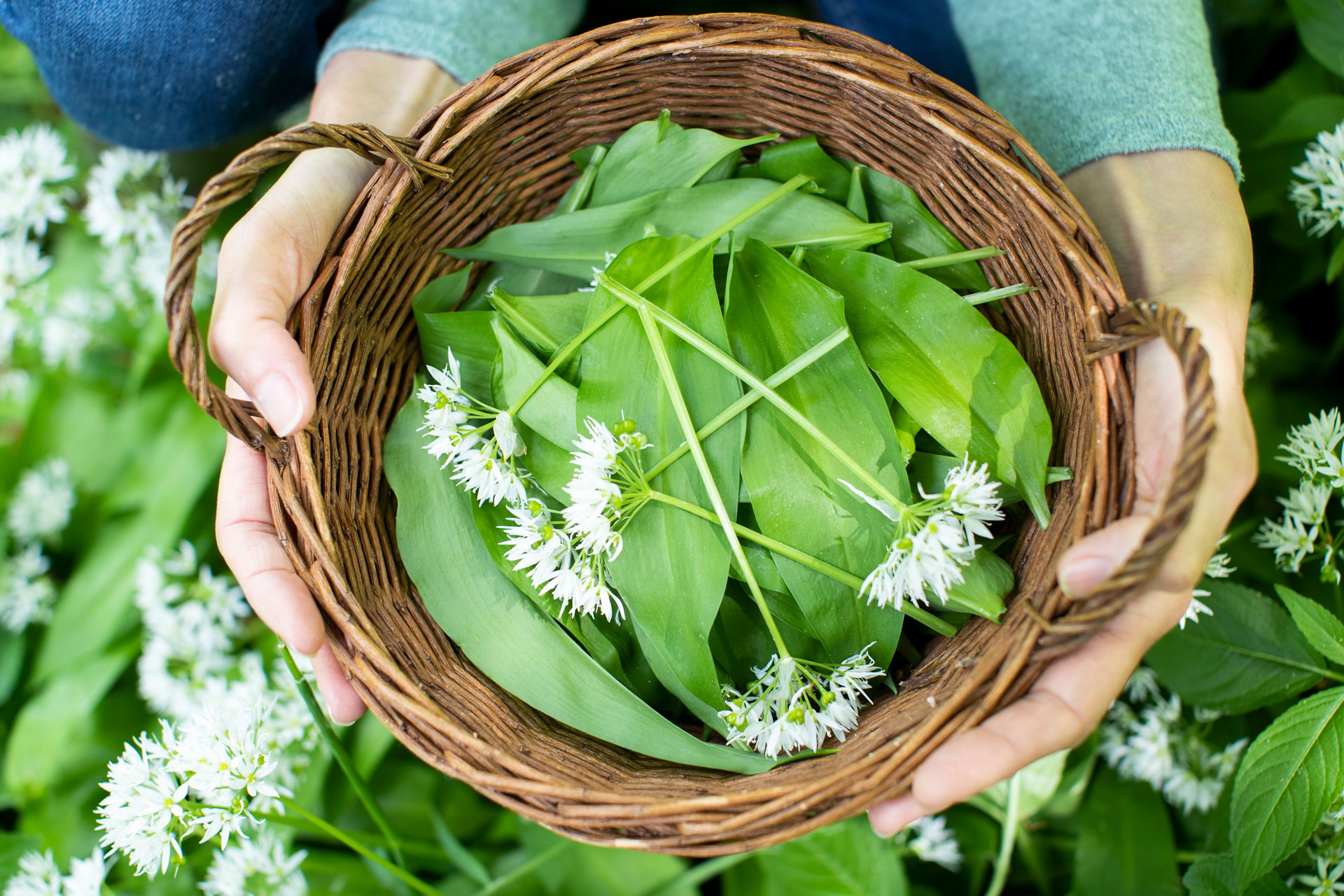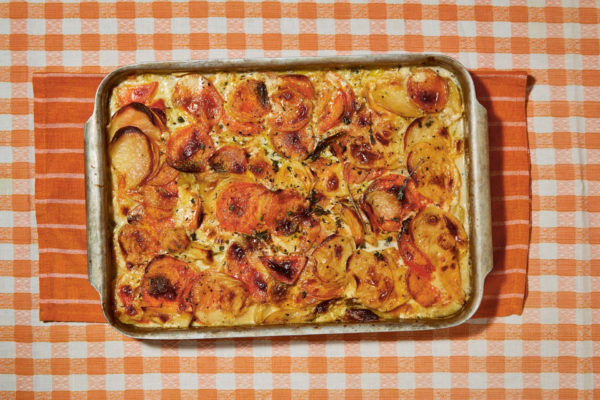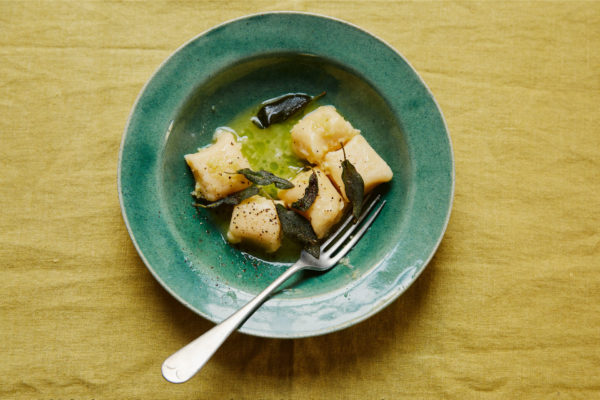
A Chef’s Guide To Seasonal Cooking This January
By
3 months ago
Recipe inspiration for the winter
It may be one of the less exciting months of the year, but January isn’t all bad. Despite the cold, the first month of the year has lots to offer when it comes to seasonal produce – and it’s a great time to stay inside and get stuck into some home cooking. Here our plant-based columnist Bettina Campolucci Bordi shares some cooking inspiration for the month ahead, including what’s in season in the UK this January, and a nourishing recipe.
Bettina’s Seasonal Cooking Guide: January
Happy frosty January. It is the season of new beginnings, new habits, promises of good things to come, and endless to-do lists. I love a fresh start as much as anyone and always look forward to the crisp beginning of a new year. Over the years and with some more experience under my belt, I have learnt to take things a little bit slower. The new year to me is a gradual start leading to spring, where we naturally emerge, let go of the old, and enter a brighter, warmer time. It’s a long stretch of a few months to get going into a full transformation.
The winter months have become particularly cold, and some of my favourite days are bright and sunny. Nothing beats a day of glorious rays, wrapped up warm, and breathing in the fresh air. Let’s get the new year off to a good start by tucking into the best fresh veg available in gardens, allotments, and shops. Despite the cold weather, there are plenty of great seasonal ingredients to cook with this month.
What’s In Season In The UK In January?
Root vegetables are the stars of the season, providing earthy flavours that are perfect for hearty winter dishes. Parsnips, for instance, are wonderfully sweet and creamy when roasted, making them an ideal companion to any Sunday roast. Swedes are another cold-weather favourite; their subtle sweetness and nutty flavour make them perfect for mashes, stews, and soups.

Leeks, with their delicate onion-like flavour, are another winter hero. They’re versatile and can be used in everything from soups and casseroles to tarts and quiches. Cabbages, particularly savoy cabbage, are also at their peak. Their vibrant green leaves add both texture and nutrition to winter meals. Similarly, kale and cavolo nero remain in abundance, bringing a robust and slightly peppery taste to the table.
Winter squashes, though harvested in the autumn, store well and are still available. Butternut squash and pumpkin bring colour and sweetness to cold January days. For a touch of zing, January King cabbage is a heritage variety that’s known for its unique purple-green leaves and slightly sweet taste. I love it cooked slow and low.
For those looking for freshness, citrus fruits such as blood oranges and clementines are at their best, adding a tangy brightness to both sweet and savoury dishes. And don’t overlook forced rhubarb, which begins its season in January. Its vibrant pink stalks are a true winter delight, perfect for crumbles, compotes, and jams. On the windowsill, microgreens such as pea shoots, radish greens, and mustard cress can be grown easily. They bring nutrients and flavour to salads, sandwiches, and soups. Even during the darkest months, these tiny greens provide a reminder of spring’s inevitable arrival.
What To Forage In January
Foraging in January requires a keen eye and a good understanding of what nature offers during the colder months. My Norwegian grandmother was a keen forager who taught me a lot, and while the landscape may appear barren, there are hidden treasures to be found. One of the easiest finds is rosehips as mentioned in December along with sloes, which may still be lingering on blackthorn bushes. These small blue-black berries are traditionally used to make sloe gin, but they can also be transformed into jams or chutneys. Like rosehips, sloes are best harvested after a frost.

Getty Images
Wild garlic, or ramsons, is another option for those who know where to look. Though its season doesn’t truly start until later in the year, some sheltered spots may show early shoots. These can be used to add a subtle garlicky flavour to soups, pesto, or bread – I personally love pickling them. Foragers can also look for wood sorrel (my personal favourite) , a small herb with heart-shaped leaves that taste a bit tangy. It’s a lovely addition to salads or as a garnish for soups.
Chickweed, another hardy green, is a good source of vitamins and can be eaten raw or cooked. Edible fungi are more challenging to find in January, but it’s not impossible. Jelly ear fungus, commonly found on elder trees, can be foraged throughout winter. It has a gelatinous texture and is often used in Asian cooking.
Velvet shank mushrooms are another winter variety, identified by their smooth, orange-brown caps and dark stems. They thrive on dead or decaying wood and are prized for their mild flavour. Seaweed is an excellent option for coastal foragers. Varieties such as bladderwrack and kelp can be harvested from the shoreline during low tide. Seaweed is rich in minerals and can be dried or used in many different ways. It is such a nutrient dense ingredient that I am hoping will have a bit more of a spotlight this year.
With the right knowledge, January can be a rewarding month for seasonal eating and foraging. Despite the cold, the land offers a surprising variety of flavours and ingredients to be treasured.
Vegetables In Season In January
- Brussels sprouts
- Carrots
- Cauliflower
- Kale
- Parsnips
- Savoy cabbage
- Swedes
Fruits In Season In January
- Apples
- Pears
- Blood oranges
- Clementines
- Forced rhubarb
Recipe: Herbed Crostinis With Leek & Tahini Dip
Have you ever wondered what to do with your leeks? Let me introduce you to the sweetest, creamiest dip ever. I use stalks and all when I cook down leeks and slow. Cooking them introduces a sweetness that is hard to beat. This will become your staple, I promise.
Ingredients:
1 baguette, sliced into rounds, or 4–6 slices of sourdough, cut in half
For the leek and tahini dip:
- 3 leeks
- 3 – 4 tbsp olive oil
- 4 dates, pitted and torn
- 3 – 4 tablespoons tahini
- 2 teaspoons ground sumac
- Juice of 1 lemon
- Salt and pepper
For the green oil:
- 30g flat-leaf parsley, chopped
- 2 garlic cloves, grated
- 3 tablespoons olive oil
To serve:
- Baby gem lettuce leaves (optional)
- Handful of pine nuts
- Olive oil, to drizzle
Method:
- Preheat the oven to 180°C (350°F/gas 4).
- Cut the leeks in half lengthwise, then place in basin of warm water and wash between the layers until fully clean.
- Thinly slice the leeks, green parts and all, and add to a large saucepan with the olive oil and a generous pinch of salt. Fry the leeks over a high heat for 5 minutes, then turn down to a medium heat for a further 15 – 20 minutes.
- While the leeks are cooking, put all the ingredients for the green oil in a food processor or blender and whizz until combined. You can also use a hand-held blender for this.
- Take the sliced baguette/sourdough, spread some green oil on each piece and place on a baking tray (pan).
- When the leeks are ready, add to a food processor or blender, along with the dates, tahini, sumac and lemon juice, and pulse to make a chunky dip.
- Bake the herbed garlic bread in the oven for 5 – 10 minutes, or until nicely crisped.
- Arrange the bread around the outside of a nice platter and place the dip in the middle. You can also add some baby gem lettuce as a dipping option alongside the bread.
- Top the leek dip with some pine nuts and a drizzle of olive oil.
Bettina is the founder of bettinaskitchen.com






